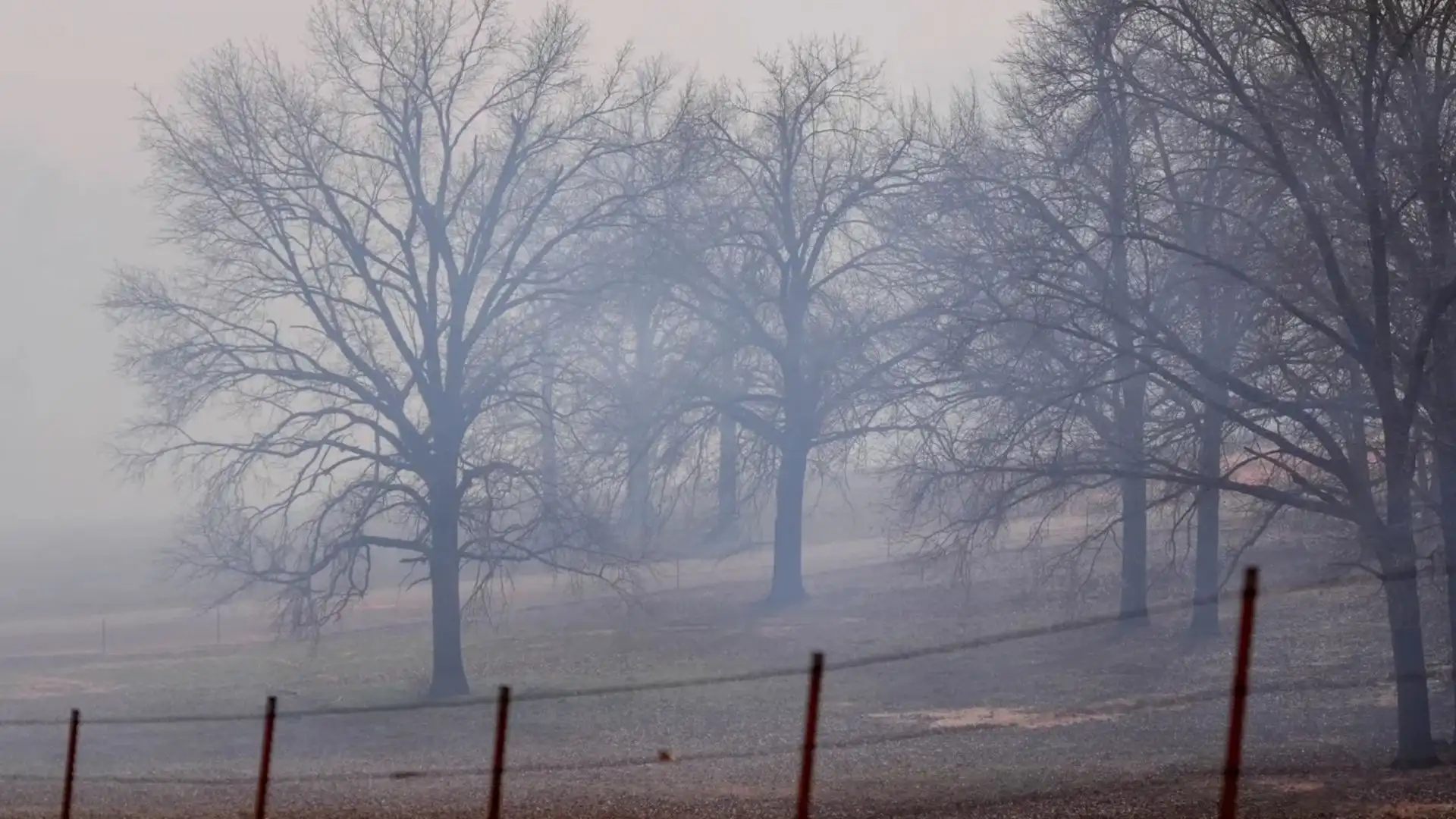The current Maha Kumbh Mela in Prayagraj, a large Hindu religious festival that lures millions of pilgrims, is seeing a serious environmental problem concerning the quality of water at the meeting point of the Ganga and Yamuna rivers, the Sangam. The Central Pollution Control Board (CPCB) says the water at some of the monitored points of Prayagraj is failing to qualify as primary bathing quality, with alarming levels of faecal coliform bacteria.
A report submitted by the CPCB to the National Green Tribunal (NGT) revealed that faecal coliform levels at all the monitored locations during the Maha Kumbh Mela were significantly above the permissible limit of 2,500 units per 100 milliliters of water. Faecal coliform bacteria, a key indicator of water contamination, typically originate from human or animal fecal matter. Their presence suggests that harmful pathogens may be present in the water, posing health risks to those who come into contact with it.
With over 54 crore devotees taking a dip in the Ganga and Yamuna at the Sangam, especially during auspicious bathing days, these high levels of contamination are a cause for concern, as increased human activity in the water further exacerbates bacterial growth. The increased levels of faecal contamination are largely attributed to untreated sewage discharges entering the rivers from surrounding areas.
NGT Intervention
The issue has drawn the attention of the NGT, which is overseeing efforts to ensure the water quality remains suitable for religious immersion during the festival. The NGT bench, consisting of Justice Prakash Shrivastava, Justice Sudhir Agarwal, and Expert Member A Senthil Vel, expressed concern over the findings. They also noted that the Uttar Pradesh Pollution Control Board (UPPCB) had failed to comply with an earlier directive to submit a comprehensive action report on the measures taken to address water contamination. Instead, the board submitted a covering letter along with a few water test results, which confirmed high faecal coliform levels at multiple locations.
As a result, the NGT has directed the UPPCB to appear virtually at the next hearing scheduled for February 19, 2025, to explain their lack of action in addressing this serious environmental issue. The tribunal has also granted the state’s counsel one day to review the CPCB’s report and respond to the concerns raised.
Measures to Address Pollution
In response to the growing concerns over water contamination, authorities launched several measures in late 2024 to curb the discharge of untreated sewage into the rivers. These efforts included halting industrial operations in 23 districts and rerouting 34 untreated sewage drains to temporary sewage treatment plants (STPs). Additionally, over 6,000 cusecs of fresh water were released from the Narora Dam to dilute pollutants in the river. The Prayagraj Municipal Corporation also deployed trash skimmer machines to remove floating waste from the rivers, removing 10 to 15 tonnes of waste daily, including plastic and discarded ritual offerings.
To manage the waste generated by millions of pilgrims, a dedicated team of “Ganga Sevadoots” is working in rotational shifts at various ghats, collecting ritual waste like flowers, coconuts, and other offerings every two hours. This team is part of the broader efforts to maintain the purity of the sacred rivers during the festival.
Moreover, the government has invested Rs 1,600 crore of the total Rs 7,000 crore budget allocated for the Maha Kumbh for water and waste management, sewage treatment, and pollution control technology. A “One Plate, One Bag” campaign was also introduced to promote the use of cloth bags and reusable steel plates instead of disposable plastics, further supporting the environmental initiative.
The Risks of Faecal Coliform Pollution
The primary concern raised by the high faecal coliform levels is the health risk posed to those who bathe in the Ganga and Yamuna at the Sangam. Faecal coliform bacteria are associated with a range of health issues, including gastrointestinal infections, skin rashes, eye irritations, and more severe illnesses such as typhoid and hepatitis A. Inhaling contaminated water droplets can also lead to respiratory infections, particularly among vulnerable groups like the elderly and children. Long-term exposure to such pollution can lead to chronic health conditions and has even been linked to certain cancers, such as bladder and colon cancer.
Authorities have emphasized that the water remains safe for religious immersion, with ongoing monitoring to ensure it meets acceptable standards. Vivek Chaturvedi, the Additional District Magistrate (ADM) of the Maha Kumbh Mela, assured that the Pollution Control Board is conducting daily sample testing at various ghats, with water quality levels being kept under control.
ALSO READ: Filmmaker Sarvesh Goel Hails Maha Kumbh Mela 2025 As A Spiritual Experience























